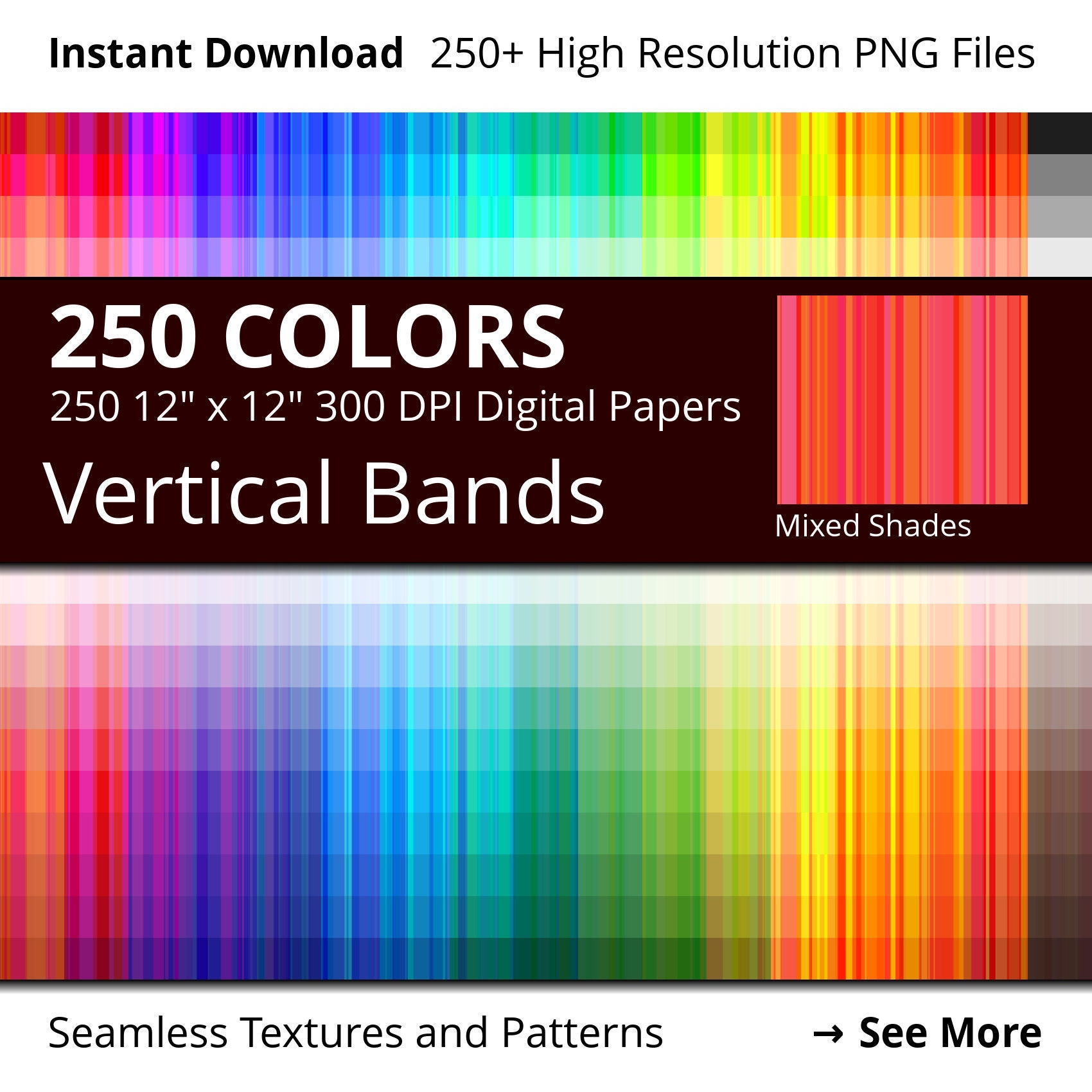

The choice depends on the quality loss considered acceptable. Image optimization includes a number of measures. The 2016 Soasta / Google study showed that the illustrations are the second predictor of conversion, and effective pages have 38% fewer images. So the pictures will not go anywhere - that is why it is important to invest in an effective strategy for compressing them. The Tammy Everts experiment proved that adding images to a page or increasing existing images increases the conversion rate (percentage of visitors who become customers - approx. As of July 2017, the images were 1.7 MB on an average web page of 3.0 MB. According to the HTTP Archive, 60% of the volume of web pages is JPEG, PNG and GIF graphics. Images make up a huge proportion of internet traffic. Graphics remain the leading cause of web page obesity. Does it make sense to use CDN for image processing?.Reduce unnecessary decoding and resizing costs.Avoid pinching graphics with loss of quality.
#Strip color profile imageoptim how to
#Strip color profile imageoptim windows
There are versions for Windows and Linux.Ī more careful approach: run JPEG files through MozJPEG (web content is acceptable q=80or lower quality ) and consider Progressive JPEG support. It significantly reduces the size while maintaining visual quality. Projects Imageflow or Thumbor offer an alternative on their own hosting.Īt a minimum, use ImageOptim. But if you still don’t want to outsource your work for reasons of cost or due to additional latency, then choose the above open source options. You will spend time reading articles and configuration setting, which is more expensive than paying for their services (Cloudinary has a freerate). Most CDNs (for example, Akamai ) and third-party solutions like Cloudinary, imgix, Fastly Image Optimizer, Instart Logic SmartVision, and the ImageOptim API offer comprehensive automated solutions for image optimization. To automate the build, use imagemin or libvips. It's easy to forget about it, recommendations change, and the content itself can easily slip past the assembly line. Optimization of graphics must be automated. Image compression should always be automated. I have run ImageMagick identity on the image 3 times.The author of the e-book is Eddie Osmani, one of the managers of Google Chrome. Can this be automated? I am running Windows. I have also tried this on Photoshop using 'Save for Web', and this method strips out the color profile, but I don't want to do this for ~500 images, and File > Automate > Batch in CS6 doesn't have any Action for Save For Web. What am I doing wrong with ImageMagick? Or maybe it's not a color profile that needs removing? I have tried to use ImageMagick to strip out all the color profiles: mogrify +profile "-strip" *.jpg and this noticeably changes the image color which I can see on the image thumbnail but when I try uploading to Shopify the color is still being changed. This is due to Shopify stripping out the color profile on upload as per this link: I have ~500 images that all seem to have a color profile on them as when I upload to Shopify it changes the color tone of the images.


 0 kommentar(er)
0 kommentar(er)
